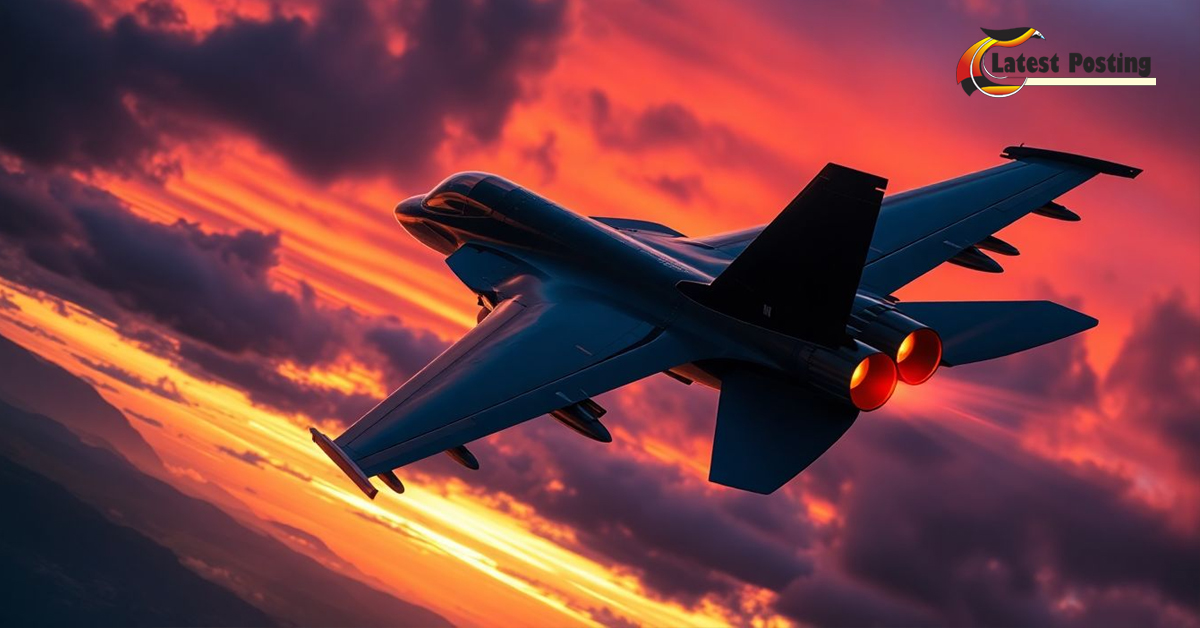I was chatting with a friend these days and he said that the reason why he doesn’t buy a high-pixel camera is because he has no money. Assuming there are two cameras with the same performance, sony mirrorless camera with 60 million pixels and one with 24 million pixels, and the price is the same, he will definitely choose the 60 million camera. pixelated.

Indeed, many high-pixel bodies are very expensive, such as A7R4, A7R5, EOS R5, Z8, Z9, etc. The cheaper high-pixel bodies Z72 and A7R3 are also more expensive than mirrorless cameras such as R8, A7M3 and S52, but Is it really because of the price that consumers don’t choose high-pixel cameras?
D810
I have used many high-pixel cameras, from the 36-megapixel D810 in the early years, to the more than 40-megapixel A7R3, D850, S1R, and then to the 60-megapixel A7R4. If you are like me, you have really played with high-pixel cameras. , you know that expensive price is just one of the many factors that prevent you from buying a high-pixel camera. Today let’s talk about the problems that may arise when buying a high-pixel camera.
The first problem you encounter is that the RAW of high-resolution mirrorless cameras is too large, and the jpeg is also large. You need a larger SD card, more hard drive space, and a higher-end computer for post-production. For example, Sony mirrorless camera A7R4 has 61 million pixels, uncompressed RAW is about 110MB, lossy compressed RAW is about 60MB, and jpeg is about 15MB. The post-production space of lossy compressed RAW is definitely not as good as that of uncompressed RAW, but generally speaking, it is enough for post-production when shooting people. For subjects such as landscapes, I recommend that you shoot uncompressed RAW.
what does that mean? This means that a RAW+JPEG takes 120-135MB, and the actual capacity of a 64G SD card is only 58-60G. It can only store about 500 uncompressed RAW+JPEG photos taken by the A7R4. If it is a lossy compressed RAW+ JPEG, can store about 900 images. If you have a 24-megapixel camera, a 32G SD card is barely enough, and a 64G SD card is basically enough. But if you have an A7R4, the SD card should preferably start at 128G, which is an additional expense.
This also means that more hard drive space is needed. For example, in one shooting, I took more than 300 photos with A7R4. I also used lossy compression RAW+JPEG, which requires about 23G, which is very large for my computer hard drive. The pressure is still quite high.
Even if my computer has a lot of hard drive space, transferring photos takes more time. You also need a higher-end computer for post-production. These are all problems that high-resolution RAW may bring. I am currently using a Kingston V90 SD card, which can achieve a speed of close to 300MB/S with a Kingston card reader. I shoot about 40G at a time and it takes 4 minutes to transfer photos. But if you use an ordinary SD card or ordinary The card reader has a reading speed of only about 150MB/S, and it takes eight or nine minutes to transfer photos. If you shoot uncompressed RAW, it may take more than 10 minutes to upload the photo.

If you feel that the above mentioned has little impact on you, let’s continue. Every camera has a body cache. The photos you take first enter the body cache and then are written to the memory card. We assume that a photo takes 60MB. A continuous shooting of 10 photos/second means that there are 600MB in one second. When it comes to writing data, the mainstream V30 SD card can only achieve a speed of about 100MB/S, while the top-level V90 SD card can achieve a speed close to 300MB/S.
How many seconds does it take for one second of continuous shooting to be written to the SD card? Here it not only depends on the speed of the SD card, but also on the speed of your camera. As far as I know, the writing speed of some cameras to the SD card does not exceed 150MB/S. No matter how good the card you use, it will be useless.
What problems will slow writing cause? First, continuous shooting will freeze when the body’s cache is full. Secondly, different cameras will have different problems. Some cameras cannot watch playback and browse menus and may experience freezes when writing to the SD card. Camera manufacturers also know this. Due to these problems, many mirrorless cameras support CFE B cards or CFE A cards. This kind of memory card can easily achieve a speed of 700MB/S or even faster, but it is also more expensive and the card reader is also more expensive.
High-pixel bodies
High-pixel bodies are more likely to blur. In the traditional sense, the safety shutter is 1/focal length. If anti-shake is not considered, the safety shutter of a full-frame body + 50mm lens is 1/50 second. Slower than this, it may blur. But this refers to cameras with lower pixels. This experience does not apply to full-frame cameras with 61 million pixels. If you have used the A7R4, you will find that even if this camera has body image stabilization, the 50mm 1/50 second is prone to blurring. Sony mirrorless camera is also aware of this problem, so the A7R5 has improved the anti-shake. And even made a video to emphasize the excellent anti-shake of the A7R5 (the A7R4 cried).
If you want to shoot videos, a high-pixel camera may not be as good as a low-pixel camera. Some time ago someone asked which one has better video specifications, A7M4 or A7R5? My first reaction was that the video specifications of these two cameras are similar, aren’t they? Both are 4K60P, and the 4K60P crop factor of the A7R5 is smaller than that of the A7M4. And there is an additional 8K25P. It seems that the A7R5 is better? But after in-depth understanding, I was wrong. A7M4 is still better. It can be found on Sony’s official website that the video dynamic range of the A7M4 is 15+ and the A7R5 is 14+.
4K image quality
In terms of 4K image quality, the uncropped 4K30P image quality of the A7R5 is much worse than the 4K30P image quality of the A7M4, but the 1.5X cropped 4K30P image quality of the A7R5 is very close to the 4K30P image quality of the A7M4, which means it is still a little bit close, not to mention this It’s cut. In addition, the 4K60P image quality of the A7R5 is not as good as the 4K60P image quality of the A7M4.
Many people still choose 12-megapixel A7S3, ZVE1, and FX3 when shooting videos!
Another problem with high-pixel bodies is high sensitivity and dynamic range. I’m talking about photos here. The high-resolution image quality of high-pixel images has never been very good. You can save some of it by relying on thumbnails, but only at lower ISO. If you want to use parameters such as ISO6400, the high-resolution camera will not achieve high-resolution images. Even if you use thumbnail images. Very good.
I have used many high-pixel cameras, such as D850, S1R, Z7, and A7R4. I can also understand the joy of buying high-pixel cameras. And then zooming in 100% to see the details, but this joy is only temporary. When you realize it, It will return to reality. Now I use the 12-megapixel A7S3 more, followed by the 24-megapixel Panasonic S52. Of course, I also have high-pixel A7R3, D850, and S1R, but generally I only use high-pixel cameras when I need them. It will only be use when the time comes, such as taking pictures of landscapes. If there are no special needs, 12 million pixels is enough for me.
Common FAQs
- Q: What makes Sony mirrorless cameras stand out?
- A: Sony mirrorless cameras are known for their compact and lightweight design, superior image quality, fast autofocus, and versatility. They offer a great alternative to traditional DSLRs.
- Q: Which Sony mirrorless camera is ideal for beginners?
- A: The Sony Alpha 7 III (ILCE-7M3) strikes a balance between performance and value. It’s a popular choice for photographers transitioning from DSLRs or starting their mirrorless journey.
- Q: What about professional-grade Sony mirrorless cameras?
- A: For professionals, the Sony Alpha 7R IV (ILCE-7RM4A) with its high-resolution 61MP sensor is excellent for landscape, studio, and architectural photography.
- Q: Can I use different lenses with Sony mirrorless cameras?
- A: Absolutely! Sony offers a wide range of lenses compatible with their mirrorless cameras. From wide-angle to telephoto, you’ll find options to suit your creative needs.
- Q: Where can I explore Sony’s mirrorless camera lineup?
- A: Visit Sony’s official website to explore their latest mirrorless cameras and lens offerings.





7 thoughts on “Are high-resolution sony mirrorless camera really good? ”